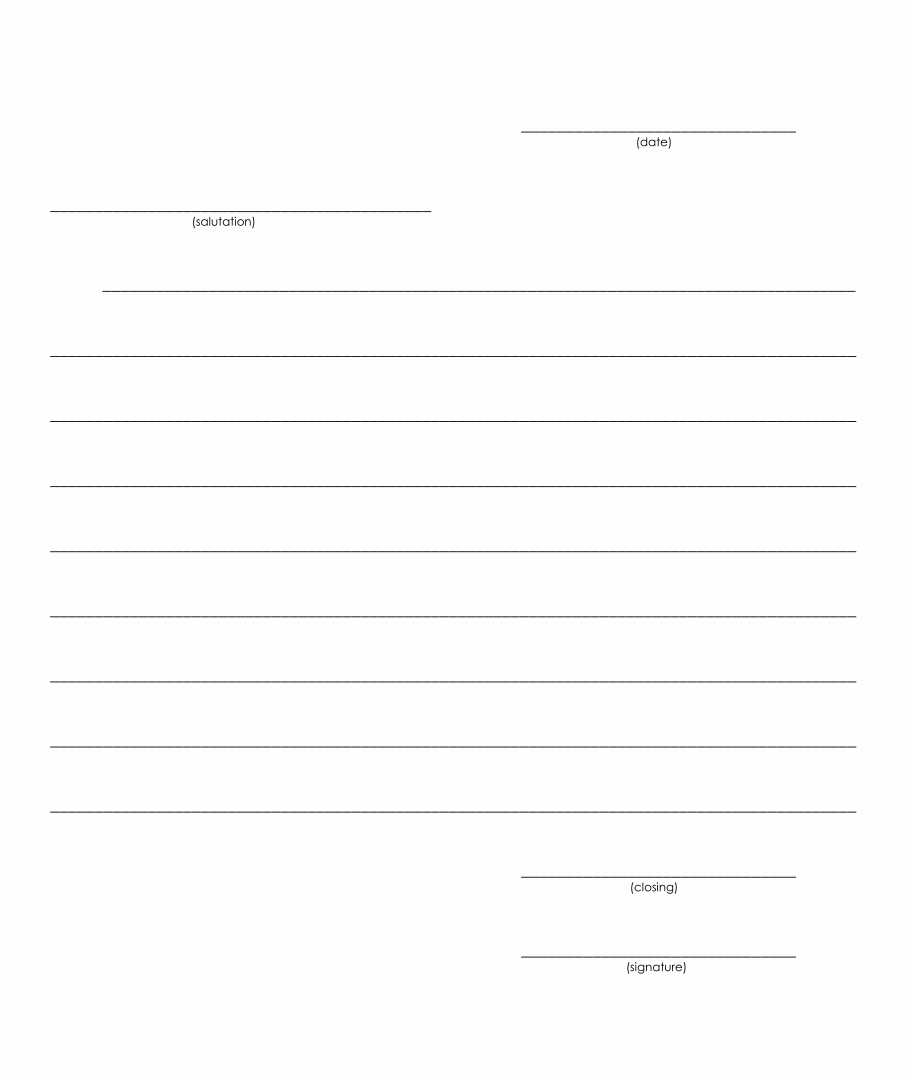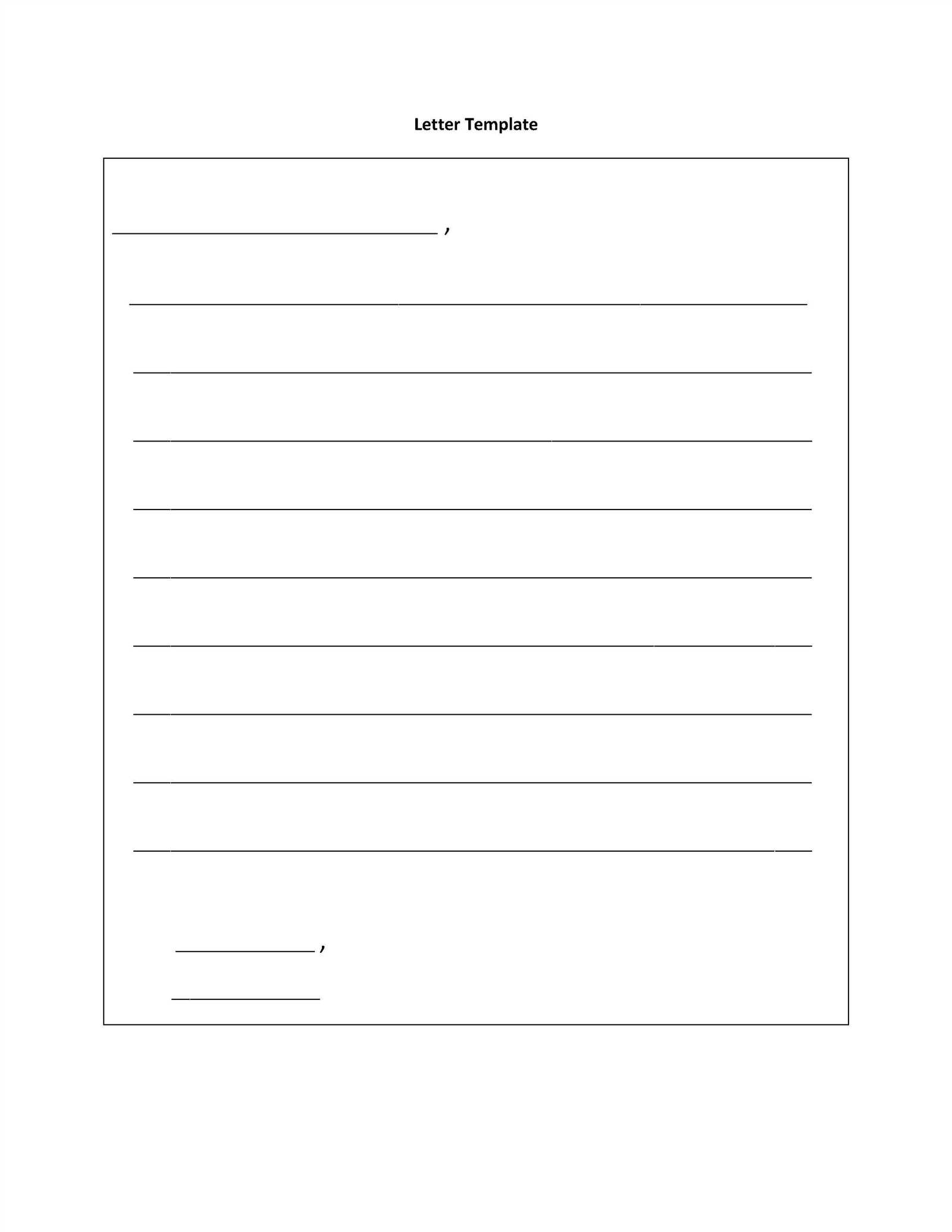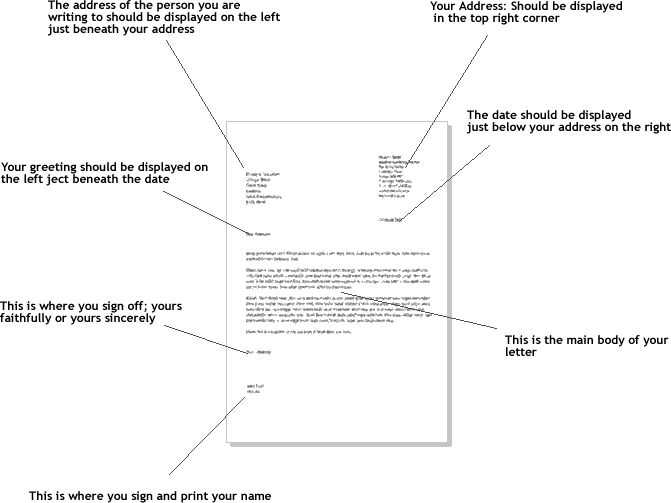Simple and Clear DNR Letter Template for Easy Use

When it comes to healthcare decisions, it’s essential to communicate your preferences in advance, especially regarding life-sustaining treatments. Crafting a formal document can ensure that your wishes are followed, providing clarity for healthcare providers and loved ones in difficult moments.
Preparing such a request involves careful consideration of legal aspects, clear language, and specific instructions. By documenting your choices, you give your family and medical team a framework for action, minimizing confusion and uncertainty.
This guide will walk you through the process of drafting an effective and legally recognized statement, offering practical advice on its components and the benefits of having this important document prepared ahead of time.
Steps to Create a DNR Document
Creating a formal directive to outline your medical preferences involves several key steps to ensure it is clear, legally binding, and accurately reflects your wishes. The process begins with understanding your options and then follows through with precise documentation that healthcare providers can reference when needed.
The following table outlines the essential steps for preparing this kind of document:
| Step | Description |
|---|---|
| 1. Consider Your Wishes | Reflect on the specific medical interventions you would want to receive in emergency situations and document your preferences accordingly. |
| 2. Consult a Legal Professional | Seek guidance from a lawyer or healthcare provider to ensure the document aligns with local laws and medical standards. |
| 3. Write the Document | Clearly state your preferences in the document, using straightforward language that leaves no room for ambiguity. |
| 4. Sign and Witness | Sign the document in the presence of witnesses as required by your jurisdiction to make it legally enforceable. |
| 5. Distribute Copies | Provide copies to your healthcare providers, family members, and anyone involved in your medical care to ensure your wishes are known. |
When preparing a formal request to decline specific medical interventions, it is crucial to understand the legal implications of such a document. This request can have significant consequences for healthcare providers, legal representatives, and family members, particularly in emergency or end-of-life situations.
Legally, a properly executed document serves as an official expression of a person’s wishes and can override certain standard medical practices in life-threatening situations. This ensures that doctors and medical staff are legally protected when following the patient’s documented instructions. In many jurisdictions, these requests are treated with the same weight as other legally binding medical directives, like a living will or healthcare proxy.
Without such a directive in place, medical professionals may be obligated to perform life-sustaining measures, potentially against the individual’s desires. Therefore, understanding the legal ramifications and ensuring that the document complies with local laws is essential for its effectiveness and enforcement.
htmlEdit
Understanding the Components of a DNR
When addressing end-of-life care preferences, certain key elements must be clearly outlined to ensure that the patient’s wishes are respected. This document serves as a formal request regarding medical interventions, particularly in situations where life-sustaining measures are in question. Its structure consists of several components that work together to provide clarity and direction for healthcare providers.
First and foremost, it is essential to include the patient’s full identification, as well as the names of healthcare proxies or agents if applicable. This ensures that the individual’s intentions are unambiguous and legally recognized. Next, the document must explicitly express the patient’s desire to forgo certain life-saving treatments, such as resuscitation efforts or mechanical ventilation, under specific circumstances.
Additional details should outline the desired scope of medical care, ranging from comfort measures to more extensive interventions. These choices help medical professionals understand what is most aligned with the patient’s values. Finally, the document must be signed by the patient, their healthcare agent, and appropriate witnesses to ensure its validity and enforceability.
htmlEdit
Expressing your healthcare preferences clearly is crucial, especially when it comes to critical or end-of-life decisions. Proper communication ensures that your intentions are respected and followed when you may not be able to speak for yourself. It’s important to be direct and comprehensive in order to avoid confusion and ensure that your desires are fully understood by your healthcare team and loved ones.
Steps to Clearly Express Your Preferences

- Write down your healthcare decisions in a formal document.
- Have conversations with close family members and caregivers about your choices.
- Designate a trusted healthcare agent who can act on your behalf if necessary.
- Ensure that all involved parties are aware of the document and its contents.
Key Points to Discuss with Your Healthcare Provider
- Your preferences regarding life-saving measures.
- Comfort care options you would like to be implemented.
- Specific medical procedures you wish to accept or decline.
By following these steps and ensuring open communication with both your healthcare providers and loved ones, you can guarantee that your preferences are respected and carried out when needed most.
htmlEdit
Accessing Free DNR Letter Templates
There are several resources available that provide easy access to formal documents used for expressing healthcare decisions, especially in situations where certain life-saving treatments may be withheld. These resources can be crucial in helping individuals articulate their medical preferences clearly and legally. Many organizations offer these documents for free, ensuring that everyone has the ability to communicate their wishes, regardless of financial or legal barriers.
Where to Find Free Documents

- Healthcare facilities and hospitals often provide free copies of the necessary forms.
- Nonprofit organizations focused on healthcare rights or advanced care planning may offer templates online.
- Government websites dedicated to public health frequently have downloadable resources.
How to Use the Documents

- Complete the document by filling in your personal information and medical preferences.
- Ensure the document is signed by you and any required witnesses or healthcare agents.
- Distribute copies to your healthcare providers, loved ones, and anyone involved in your care.
Accessing these free resources can help simplify the process of conveying your healthcare wishes, making it easier to ensure your preferences are known and respected.